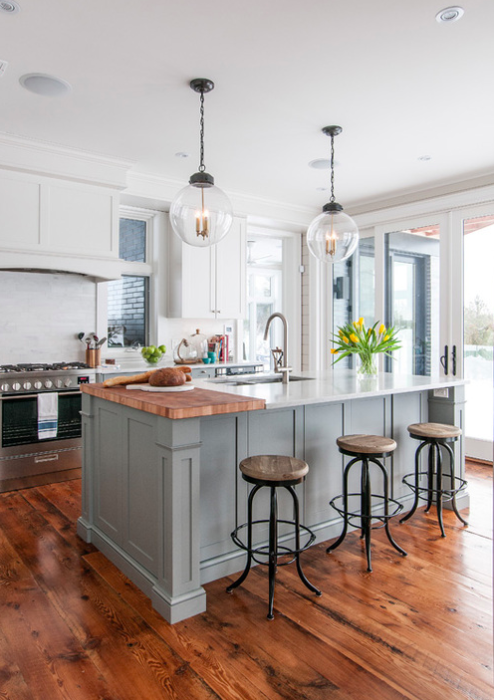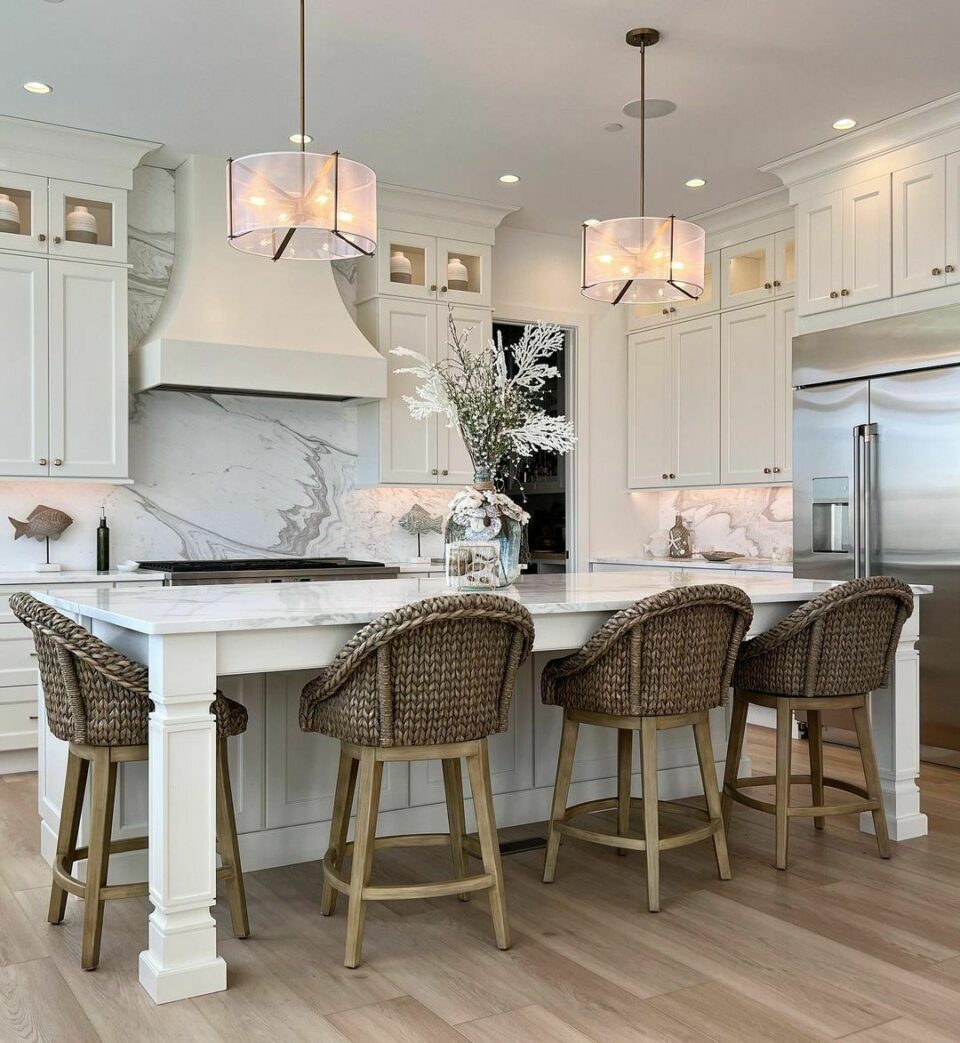Change Your Space with Cutting-edge Kitchen Island Leg Designs
Change Your Space with Cutting-edge Kitchen Island Leg Designs
Blog Article
Checking Out the Necessary Features of a Kitchen Island Leg for Your Culinary Space
The kitchen island offers as a main hub in any type of culinary room, and the choice of leg design is essential in enhancing both its functionality and aesthetic allure. Recognizing the essential functions of kitchen island legs-- including product choices, layout styles, and security elements-- can dramatically affect the total experience within the kitchen.
Relevance of Kitchen Island Legs
Kitchen island legs play a vital duty in both the performance and aesthetics of a kitchen area. They not only sustain the weight of the island yet also improve the total style, adding to the kitchen area's aesthetic allure. The choice of legs can determine the design of the cooking area, be it modern, traditional, or rustic.
Functionally, robust and effectively created legs ensure stability, permitting for the risk-free use the island for various jobs such as cooking, eating, or entertaining. Strong legs protect against tottering and moving, providing a reliable surface area for everyday tasks.
Moreover, the elevation and placement of the legs can influence the comfort degree for those seated at the island. A well-considered height can accommodate bar stools or chairs, advertising an inviting setting for events.
In addition to these functional factors to consider, kitchen island legs can function as a centerpiece in the space (kitchen island leg). Attractive or distinctly made legs can raise the design aesthetic, making the island a centerpiece. Hence, selecting the right kitchen area island legs is essential for balancing type and function in any kind of cooking room
Product Options for Legs
Picking the proper product for kitchen area island legs considerably affects both toughness and layout. Common material choices include rock, wood, and steel, each offering unique advantages.
Wood is a prominent option due to its warmth and versatility. It can be quickly personalized to match numerous decor designs, from rustic to modern. Hardwoods like oak and maple provide exceptional strength and longevity, while softer timbers can be a lot more vulnerable to deterioration.
Metal legs are preferred for their smooth, modern aesthetic. kitchen island leg. Stainless-steel and aluminum are not only robust but likewise resistant to corrosion and rust, making them optimal for cooking area settings. They can create a commercial appearance and are frequently offered in different coatings to enhance other kitchen aspects
Rock legs, such as granite or marble, include an aspect of high-end and stability. While much heavier than other products, they offer extraordinary resilience and can stand up to considerable weight. They may need additional support to make certain appropriate equilibrium.
Eventually, the option of material should align with both functional needs and the overall style vision of the kitchen area, making certain that the island legs enhance both utility and aesthetic appeals.
Layout Styles to Consider
What layout styles should be thought about when selecting legs for a kitchen area island? The option of leg style considerably influences the total aesthetic of your culinary space. For a contemporary kitchen, sleek and minimalistic leg styles, such as stainless steel or geometric forms, can boost the contemporary appeal, supplying a tidy and minimalist appearance.
In comparison, conventional kitchens take advantage of timeless designs such as transformed or carved wood legs, which add warmth and personality. These options frequently include detailed information that match classic home furnishings. For a rustic atmosphere, consider legs made from redeemed wood or wrought iron, which bring an organic, natural top quality to the room.
If you lean in the direction of an industrial theme, durable metal legs with a troubled coating might be excellent, supplying an edgy yet advanced touch. Furthermore, farmhouse style kitchen areas can incorporate chunky legs that evoke a sense of strength and homeliness.

Height and Security Factors
The height and security of a kitchen area island are crucial components that directly affect its capability and user experience. A suitable kitchen island leg look here need to offer adequate height to fit a variety of jobs, from food prep work to informal dining. Commonly, kitchen area islands separate 36 to 42 inches high, straightening with basic counter and bar elevations. This range guarantees comfort for individuals while executing different activities, therefore boosting the total usability of the space.
Stability is similarly crucial, especially as cooking area islands usually function as focal points in culinary environments. A stable leg design reduces tottering and moving, which can result in accidents or pain during usage. Products such as strong timber, steel, or a mix thereof are typically employed to accomplish the required toughness. The leg's add-on to the island's base should be secure, guaranteeing longevity and durability against the additional reading wear and tear of daily usage.
Modification and Devices
Customization options and accessories for kitchen area island legs can significantly enhance both the visual charm and performance of the space. Homeowners can pick from a variety of materials, including rock, metal, and wood, enabling smooth assimilation with existing cooking area decor. The option of coating-- be it a natural stain, repaint, or powder covering-- additional individualizes the appearance, guaranteeing that the island complements the overall design style.
Along with product and coating, property owners might additionally explore the unification of devices such as attractive brackets, adjustable feet, or integrated shelving. Brackets can offer added assistance while adding to a modern or rustic visual. Flexible feet are especially beneficial for uneven flooring, making certain the island continues to be stable and degree, which is crucial for both safety and usability.

Conclusion
In final thought, kitchen area island legs offer an essential role in giving stability and enhancing the overall visual of the cooking our website space. Customization alternatives and accessories can boost the kitchen area island, making it a distinctive focal factor within the home.
The kitchen area island offers as a central hub in any culinary room, and the selection of leg layout is essential in improving both its functionality and aesthetic appeal. Understanding the important functions of kitchen island legs-- consisting of product choices, style styles, and security elements-- can substantially impact the general experience within the cooking area.Kitchen area island legs play an important role in both the performance and appearances of a kitchen area room.What layout styles should be taken into consideration when selecting legs for a kitchen area island?In conclusion, kitchen island legs serve a crucial role in offering security and enhancing the total aesthetic of the culinary area.
Report this page